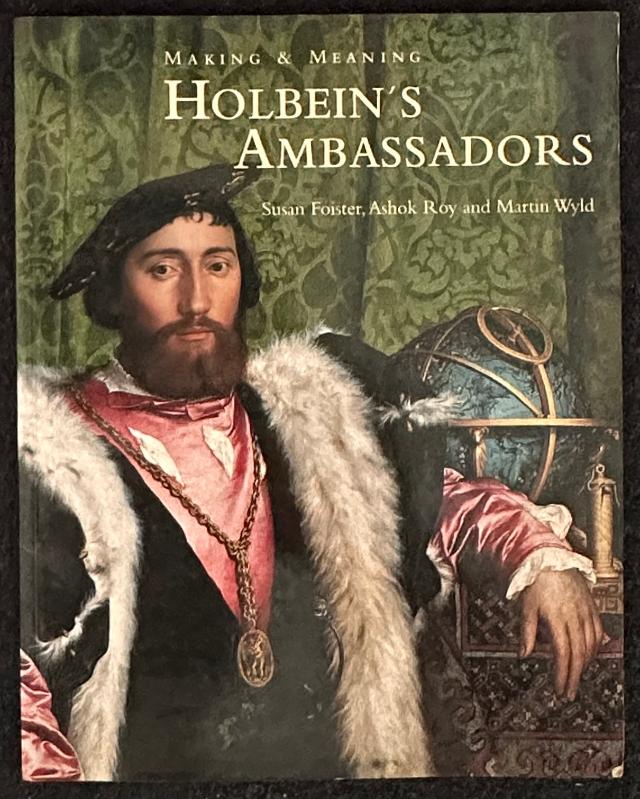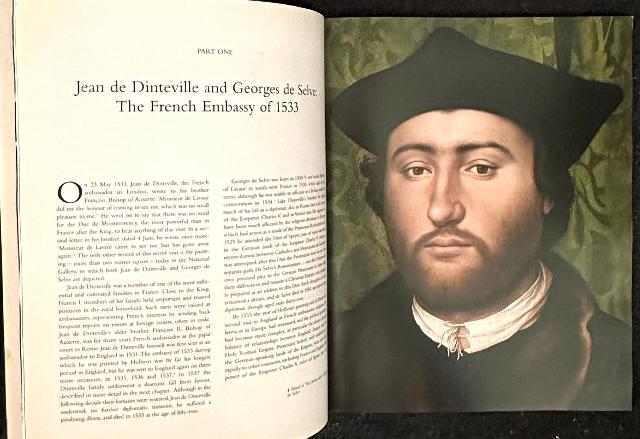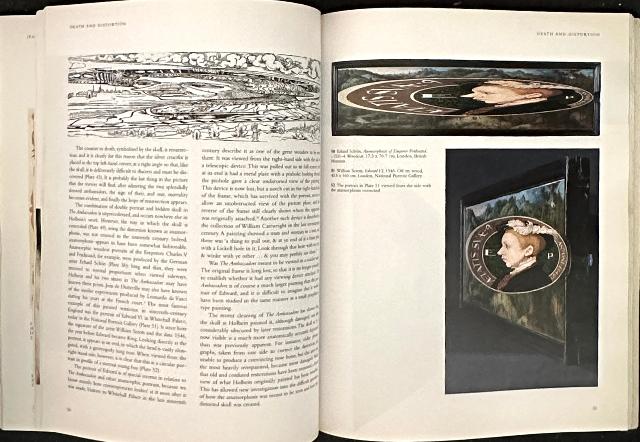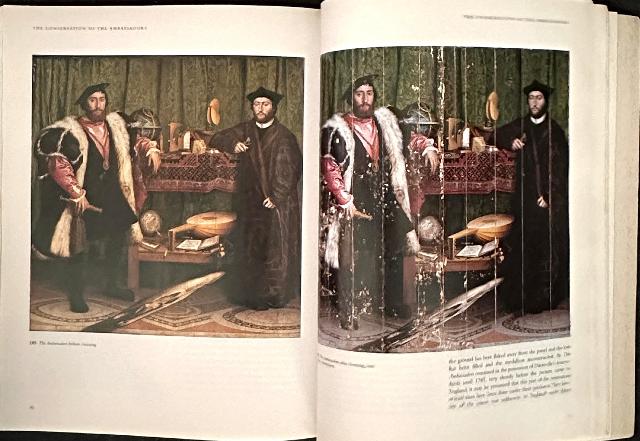Holbein's Ambassadors: Making and Meaning
Holbein's Ambassadors: Making and Meaning
Couldn't load pickup availability
ホルバインの名高い肖像画「大使たち」の研究書。1533年のヨーロッパの宗教的・政治的危機という文脈の中で、この肖像画を依頼したディンテヴィル家の政治的運勢と芸術的庇護を調査。この肖像画に緻密に組み込まれた天文学・数学・音楽の道具類は、2人の登場人物の学識を示すとともにさまざまな象徴を秘めている。弦が切れたリュート、解体されたフルート、壊れた地球儀は宗教界の不和と現世のむなしさを暗示し、画面左上の緑のカーテンの陰にはキリストの傑刑像が隠されている。さらに異様なのは、斜めに浮かぶ正体不明の物体である。これを斜め下方から見ると、ドクロであることがわかる。静かな肖像画の中に描かれた不穏なシンボルはいったい何を意味するのだろうか?
This study of Holbein's celebrated portrait 'The Ambassadors' investigates the political fortunes and artistic patronage of the D'Inteville family who commissioned the portrait in the context of the religious and political crisis in Europe in 1533. The astronomical, mathematical and musical paraphernalia meticulously integrated into the portraits show the academic knowledge of the two characters and harbour a variety of symbolism. A lute with broken strings, a dismantled flute and a broken globe suggest the discord of the religious world and the futility of the present world, while a green curtain in the top left-hand corner of the screen conceals a statue of Christ's Jiepunishment. Even more bizarre is the unidentified object floating at an angle. When this is seen from an angle downwards, it is revealed to be a skull. What exactly do these disturbing symbols in a quiet portrait mean?
Susan Foister, Ashok Roy, Martin Wyld
National Gallery Company Ltd
1997
26 x 22.1 x 0.8 cm
112 pages
Share










